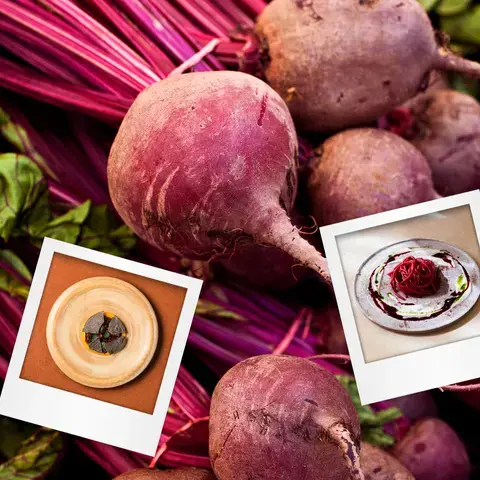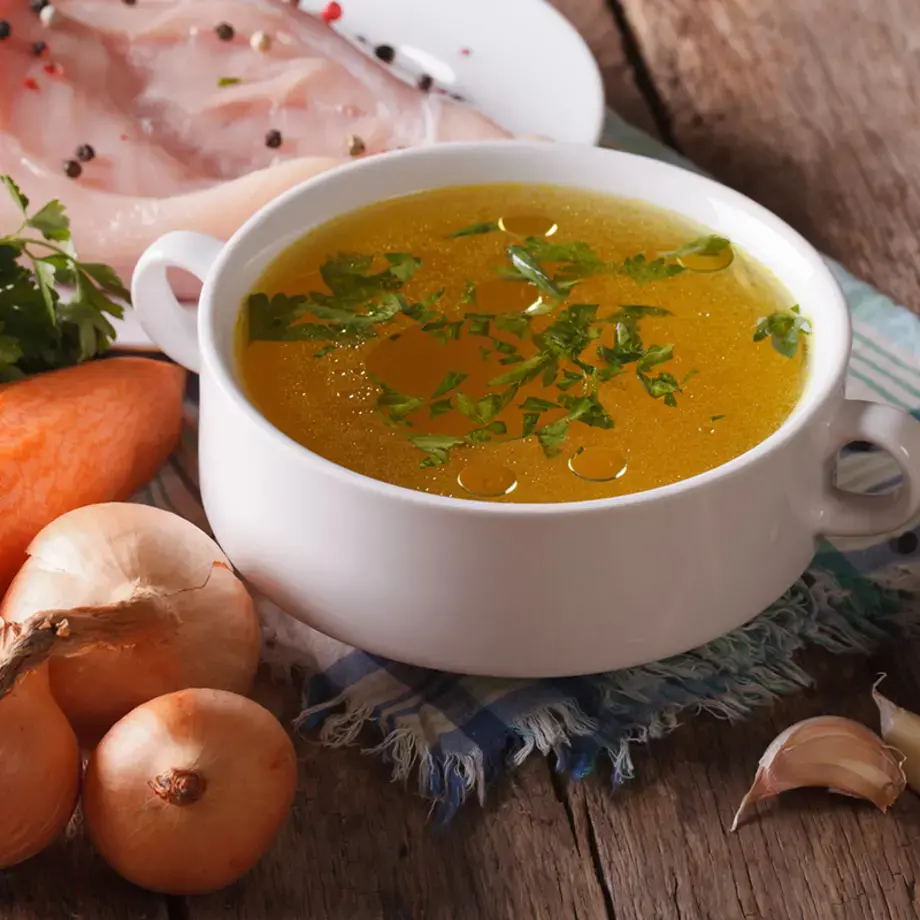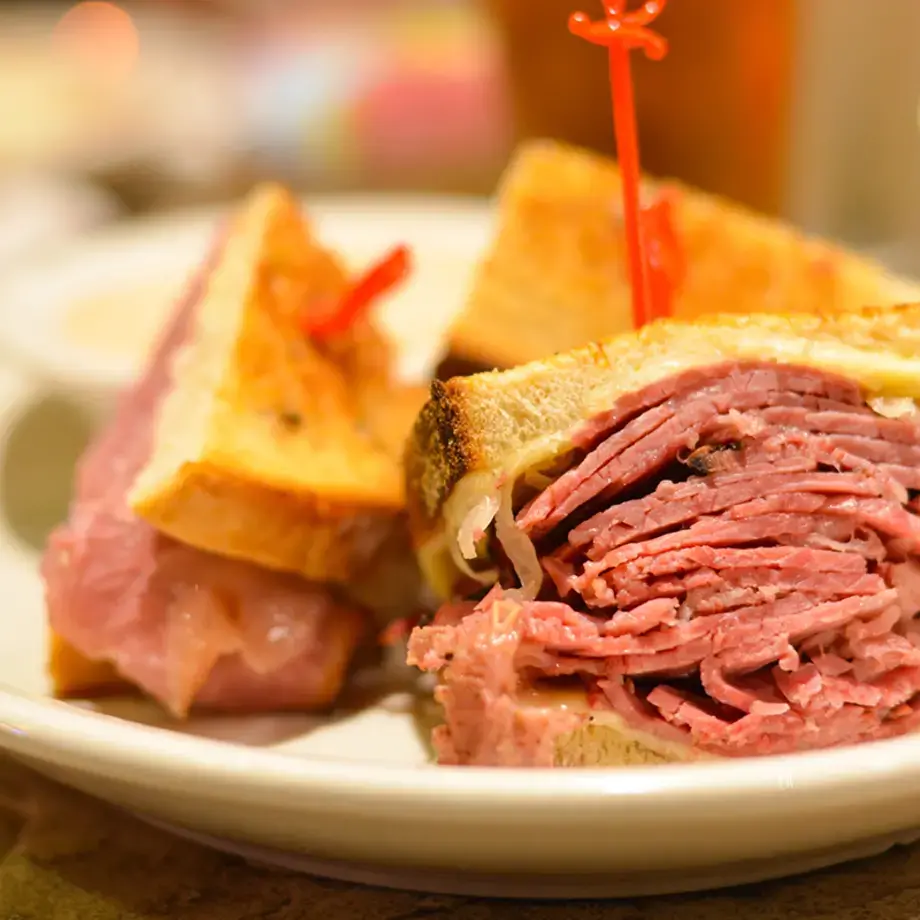When chef René Redzepi posted a video of the blue sausage fruit to his Instagram, it quickly spread around the world with people astonished that they had never encountered such a strange exotic fruit. They were asking what it tastes like and how to cook with it. Of course blue foods and blue fruits always pique our interest.
The blue sausage fruit looks, as you might expect, like a blue sausage, but that’s where the comparison ends. It doesn’t taste like sausage at all.
What is blue sausage fruit?
The Blue Sausage Fruit is also known by the slightly disconcerting name of 'dead man’s finger', also 'blue cucumber shrub' and 'blue bean tree', and has been eaten for centuries by the Lepcha, the indigenous people of Sikkim, north-eastern India.
The fruit is a member of the chocolate vine family (Lardizabalaceae), decaisnea insignis, or more commonly known by its Latin name 'decaisnea fargesii'. It is a shrub native to China, Nepal, northeast India (Sikkim), Bhutan, and Myanmar, where it grows at altitude. This means it is a hardy plant that can survive frost and harsh winter conditions in the west. It flowers in summer, and fruits from September to October depending on the climate.
The blue sausage fruit splits easily down the middle to reveal a soft and pulpy flesh inside. The seeds are hard, similar to a prickly pear. Discard the seeds and scoop out the flesh when using it.
What does blue sausage fruit taste like?
The pulpy flesh is transparent and tastes deliciously sweet and subtle, with notes of cucumber and melon, so it can be utilised in sweet or savoury recipes. Undoubtedly though, the fruit's special attraction comes from its incredible blue peel, which is not edible. Surely the best effect is to serve it whole so people can split it apart to peel and scoop out the delicious pulp inside.
What can be cooked with blue sausage fruit?
The fruit can be a replacement in any recipe for cucumber or melon. The sweetness of the fruit will vary greatly depending on where it is grown, as well as the soil quality and the sun exposure, so recipes should be adapted to suit the profile of the fruit.
It is also a happy coincidence that this dad man’s finger fruit ripens just in time for Halloween, so it’s perfect to serve at a spooky-themed dinner setting.












